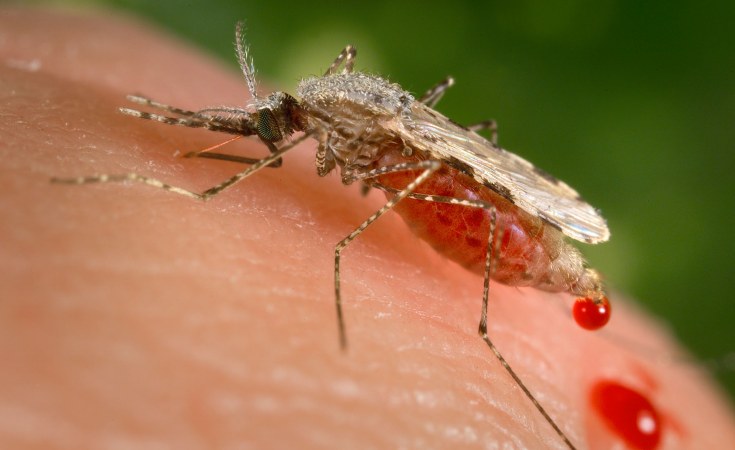Nairobi — Kenya Medical Research Inistitute (KEMRI) researchers have detected a new dangerous mosquito vector dubbed 'Anopheles Stephensi' that thrives in urban and rural areas.
The new mosquito vector was fast detected in Laisamis and Saku sub-counties of Marsabit County in Northern region of the country with KEMRI and the Ministry of Health focusing research activities in the region.
KEMRI Acting Director General Sam Kariuki has raised concern that the new mosquito vector might reverse the gains made in eradicating Malaria as it spreads very fast and adapts to different climatic regions.
"Our surveillance studies indicate that the new vector, unlike the traditional malaria-causing mosquitoes namely Anopheles gambiae and Anopheles funfests, is not only invasive and can spread very fast to new areas, but also adaptive to different climatic and environmental conditions," Kariuki said.
The danger has been attributed to the fact that the new mosquito vector has the ability to thrive in man-made containers, such as jerry cans, tyres, open tanks, sewers, cisterns, overhead tanks, and underground tanks and in polluted environments.
Also, Anopheles Stephensi transmit malaria throughout the year unlike other mosquitoes in Africa which thrive depending on the rainy season.
KEMRI has engaged in routine entomological surveillance in counties at risk of this vector in order to determine the extent of vector distribution and mosquito infectivity rates.
"We call on the staff and the public to continue utilizing the available malaria control tools such as use of mosquito nets, repellants, and wearing long-sleeved clothing to prevent mosquito bites," stated Kariuki.
Until this announcement, Anopheles stephensi was known to occur and spread malaria in South-East Asia, the Middle East, and Arabian Peninsula.
The mosquito species has been expanding its Geographic range over the last decade, with detections reported in Djibouti (2012), Ethiopia and Sudan (2016), Somalia (2019), and Nigeria (2020). '
Despite Kenya having made huge strides in the fight against Malaria the disease still poses a burden in the country's health system as it remains a primary disease.
Statistics show that 2011 (at 11.12 million cases) and 2018 (with 10.88 million) were the years the disease hit worst between 2010 and 2020.
Malaria interventions have included free distribution of mosquito nets, spraying, minimising potential breeding places such as stagnant water and awareness creation. Malaria deaths have significantly been brought under control.
Yet mosquitoes become cleverer, with such suggestions that they no longer wait for you in the bedroom, but start work earlier, before dark. Some mosquitoes have become resistant to some insecticides, beside several other behaviour changes.


